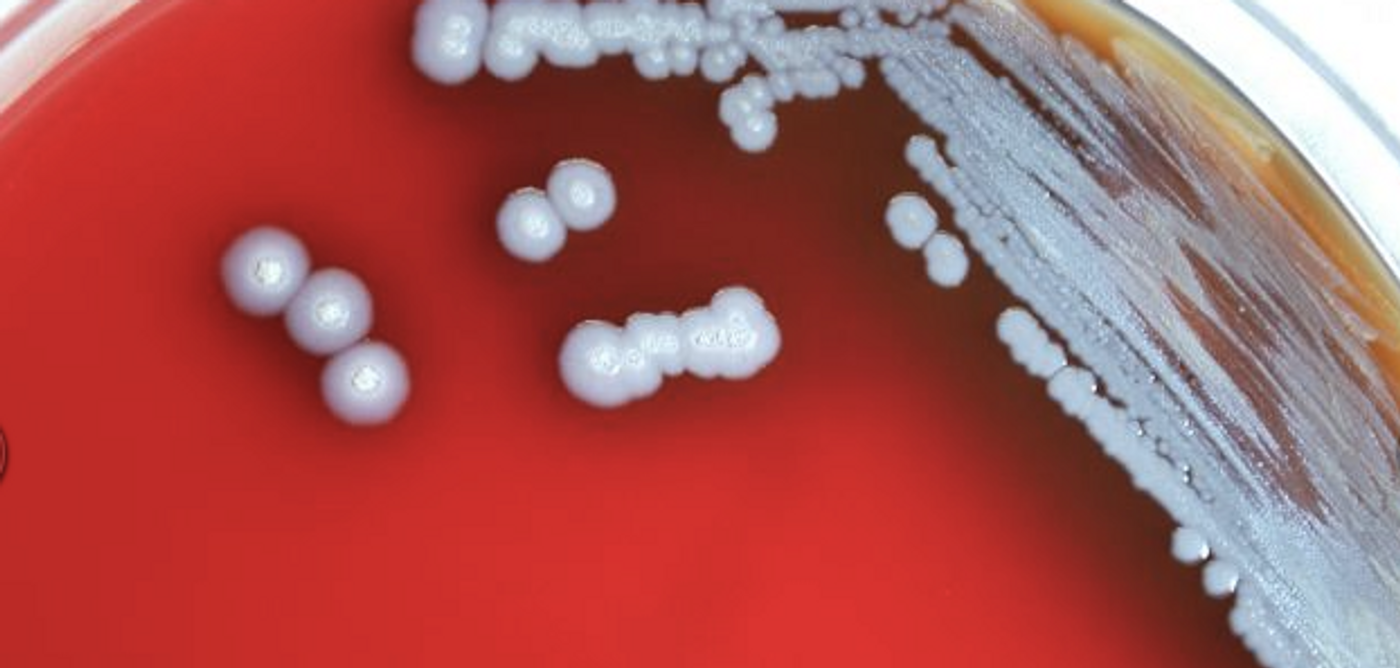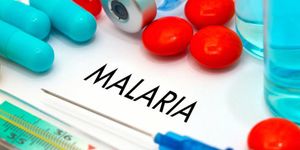How A Virus Impacts a Bacterium that Infects People
You may have never heard of melioidosis, also known as Whitmore’s disease, but it is a scary infection in many parts of the world. It causes sepsis and organ abscesses and can lead to death in only 48 hours. It’s caused by a bacterium, Burkholderia pseudomallei, and is widespread in West and East Africa, Australia, and Southeast Asia. An international team of researchers has now created a mathematical model that will enable the monitoring and control of melioidosis in Southeast Asia.
The research team, from the University of Leicester, Lomonosov Moscow State University (MSU), and the Moscow Institute of Physics and Technology (MIPT) wanted to look beyond the pathogen, to the bacteriophages (viruses that only infect bacteria) in its environment.
"Melioidosis is a severe and dangerous disease, but much of the research into it focuses on the bacterium that causes. Meanwhile, the phages abundantly found in the habitat of the pathogen are not getting enough attention. We wondered whether we could predict the variation in the number of pathogenic bacteria and the impact of phages on it depending on season and environmental conditions," explained the co-author of the study, Dr. Andrew Morozov of the University of Leicester.
Mathematical models were developed based on two Thai provinces, to predict the dynamics of B.pseudomallei populations. The models can take temperature-dependent phages into account, showing how the bacteria-killing phages impact the pathogen population. It was found that March through September poses the greatest risk; at that time, phages that kill the pathogen are at their lowest, when UV is at its highest. As phage numbers decline in spring and through summer because of UV, more bacteria that aren’t impacted by the virus are present. Temperature also takes bacteriophages through lytic and lysogenic stages, which is explained in the following video.
Fertilizers were also found to affect levels of phage-free bacteria, but more work has to be done. It’s tough to predict what that effect might be, but it could increase the likelihood that it will infect humans.
"Unlike in a lab, in nature, there are factors that limit the size of the populations of both pathogenic and phage-infected bacteria. To make our model more realistic, we measured a host of actual phage parameters. That way the model can predict which combination of seasonal parameters results in a high risk of a melioidosis infection," added Professor Andrey Letarov of MSU and MIPT, who also heads the Laboratory of Microbial Viruses at Winogradsky Institute of Microbiology of the Russian Academy of Sciences.
The data on the B.pseudomallei-phage interactions can help farmers control disease. Rice field work can be rescheduled, and after identifying the problematic times, proactive measures can be taken to reduce risk to workers. Agrochemicals that are not harmful to bacteriophages can also be utilized.
"Mathematical modeling enables us to make predictions under various regimes. In particular, we can estimate the impact of global warming on [the] spread of endemic zones of disease," said Dr. Morozov. "We are resuming this research. This autumn, we will run a series of experiments to study in more detail how agricultural chemicals affect the level of phages in the soil, how phages and bacteria interact in it, and which limiting factors are at play there."
Sources: Phys.org via University of Leicester, Scientific Reports









